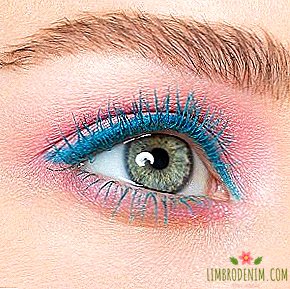Breast Cancer Fight Month: 5 Women Changing Public Attitude to the Disease
TEXT: Sofia Menshikova, oncologist, author of Oncology Fellow telegram channel
October is the month of prevention and control of breast cancer. Companies produce goods in pink color or marked with ribbons to help combat this disease - financially or at least by attracting attention. These actions slowly but surely explain that breast cancer is a disease that is well controlled, treatable, and most importantly, requires early diagnosis. But the origins of the movement, of course, were not the corporations, but the women themselves, who were not afraid to speak.
It's not just how much they have changed our attitude towards breast cancer. The demands of the society set in motion other external forces: the state and sponsors supervise research programs, charitable organizations distribute booklets about the self-examination of the mammary glands and the need for regular passage of mammography after a certain age. This led to the fact that today the five-year survival rate among all breast cancer cases reaches 90%, while half a century ago almost every second woman died from this disease.
Shirley Temple Black
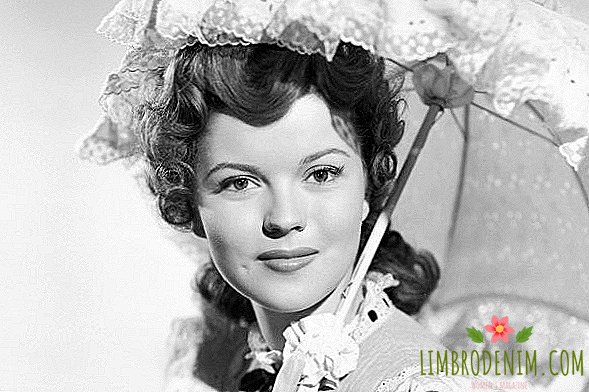
American film actress Shirley Temple is rightfully considered the first known woman who publicly stated that she had breast cancer - right from the hospital bed. It is necessary to understand that for the seventies it was an act on the verge of recklessness and courage, far beyond the framework of secular propriety. Until Shirley, oncology was not spoken out loud: the ladies were sick "like a woman," and if the tumor won, they died after a "long illness." It was indecent to report openly about his frightening diagnosis, especially in a society that seriously believed that cancer was infectious and spread from person to person. Moreover, the former actress at that time worked in an organization that, like many others, did not hire cancer patients, if they had not yet experienced the five-year mark after the diagnosis had been made.
In fact, Shirley made three revolutions: one in society, and as many as two - in a narrow circle of medical professionals. In the seventies, there was a widespread practice when a woman was breast-removed without warning about it. The patient could come to the doctor for a simple biopsy, and, waking up after the operation, could find that the surgeon had removed the entire mammary gland. This was done with the best of intentions: it was believed that such an approach would save a woman from unnecessary worries about breast loss. But Shirley Temple has stated that this is unacceptable.
Further, defending the right to dispose of her own body, she also refused from crippling radical mastectomy (removal of the mammary gland and a number of adjacent tissues) and insisted on performing a simple mastectomy - an operation in which only breast tissue is removed. At that time, doctors had been operating patients for a hundred years, radically, taking it as an axiom that this was necessary, and not wondering why. Surgeons who advocated less aggressive interventions were not heard, but Shirley Temple became their voice. Two years after the operation, actresses Bernie Fisher announced the preliminary results of his research: it turned out that simple mastectomy is not inferior to radical in terms of treatment results. Just a day before Fisher’s presentation at a hospital on a nearby street, Betty Ford underwent radical mastectomy.
Betty ford
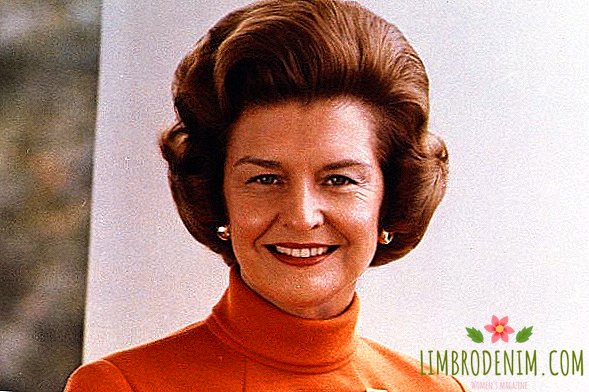
In the fall of 1974, the first lady of the United States, Betty Ford, learned that she had breast cancer. The next thing she did was declare it openly. Of course, Ford was not the first woman to do that, but she was the first wife of the current US president to do so. If ex-celebrity Shirley Temple was still “not to be noticed”, then it was impossible to hush up the illness of the first woman in the country. The White House was flooded with thousands of letters, the phones were torn from calls, and in the corridors it was impossible to squeeze through flowers for the first lady.
Following this, Betty decided to take another recklessly bold step. The fact is that her disease was not so harmless: the disease had spread to the axillary lymph nodes. In 1975, the same Bernie Fisher published the results of a study according to which postoperative chemotherapy (the standard of treatment for locally advanced cancer today) improves the outcome of treatment. And the first lady of the United States was among the first women to receive a new therapy - severe and almost incompatible with traditional social life due to side effects, including possible hair loss.
American women heard Betty's message: almost immediately after her statement, thousands of them came to the oncologist and did a mammogram. Immediately after the revelation of the wife of the president, the number of breast cancer diagnoses in the United States increased by 15% - later epidemiologists called it the "Betty Ford effect".
Happy rockefeller
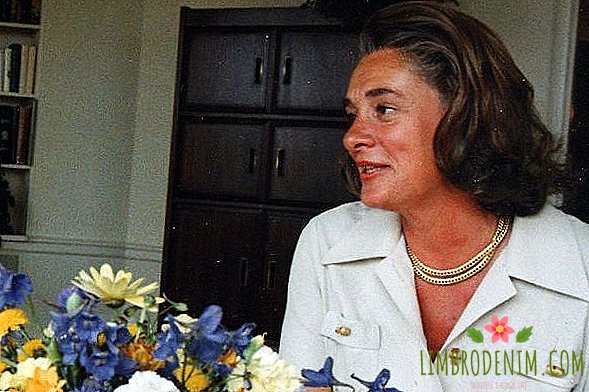
Betty Ford’s experience led the country’s second lady, Margaret (Happy) Rockefeller, the spouse of Vice President Nelson Rockefeller, to be examined. Her breast cancer was discovered just a couple of weeks after the operation Betty. She was treated at the Memorial Sloan-Kettering Cancer Center, the world's largest private cancer center, which was founded by the Rockefellers.
On account of the surgeon Jerome Urban, who was engaged in Happy, was not one famous patient. Not only was he an advocate of aggressive radical surgery, he practiced the method of preventive "mirror" biopsy, when cancer was also sought in a healthy gland. Jerome found in Mrs. Rockefeller changes that could have become malignant over the years. He insisted on prophylactic mastectomy, and after a short time after the first operation, Happy Rockefeller removed the second breast.
Subsequently, Happy Rockefeller split Betty Ford's active public position. Women acted together and separately, and gradually convinced the society that breast cancer is a problem that can be corrected and treated, but above all requires prevention and careful attention to their health.
Betty rollin
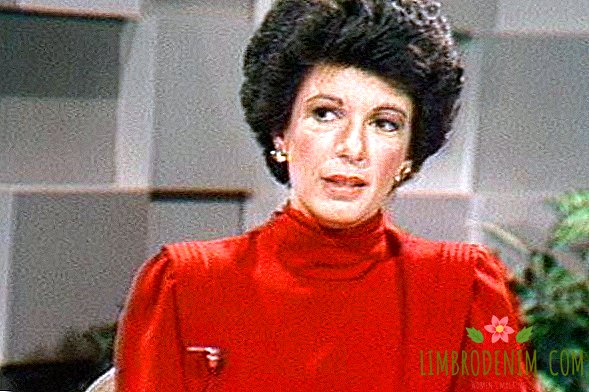
Nevertheless, the television image of two brilliant women who defeated cancer — Betty Ford and Heppie Rockefeller — did not tell the other: how women live who have lost their breasts. The mammary glands are not a complex of tissues for a long time, the main task of which is to produce milk for raising offspring. Female breast in popular culture is one of the main attributes of conventional beauty, a symbol of sexuality and motherhood. Until now, the attitude to the chest is ambiguous - it is worth recalling the numerous debates about the admissibility of its exposure on the beach, TV screen and in public.
About how she survived breast loss, journalist Betty Rollin told in her book "First, You Cry". Betty found synchronous cancer of two milk glands - and she simultaneously lost both of them. Betty honestly and openly told how double mastectomy affected her appearance, self-confidence and acceptance of sexuality. So, after the operation, Betty initiated a painful separation from her husband, who, although he did not think that she had become less attractive, was defeated by her depression.
To her own surprise, this confession book not only broke all sales records, but was subsequently screened and reprinted again. Brave Betty Rollin, faced with a terrible disease, first told society that not only the fact of life itself, but its quality, how important it can be, matters.
Evelyn Lauder
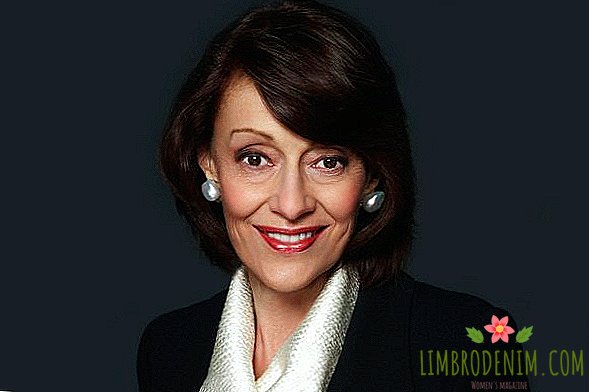
That breast cancer is a disease that requires a special approach, realized Paul Marx, director of the Rockefeller Cancer Center Memorial Sloan-Kettering. He wondered if it was possible to change the system of oncological care for women with breast cancer so that their life would not turn into a nightmare after healing, as happened with Betty Rollin. We needed a new cancer center that would deal exclusively with breast cancer problems.
Appealing to the feminine beauty, Paul Marks tried to find sponsors among the largest cosmetic companies, including Revlon, L'Oréal and Estée Lauder. But the magnates were afraid to flirt with a terrible disease. The idea almost perished, but Evelyn Lauder changed everything. She hardly talked about her breast cancer, but began to speak on behalf of all women without exception. Evelyn set about building a new cancer center, later founded the Breast Cancer Support Foundation and persuaded President Clinton to declare October 19th as National Mammography Day. Around the same time, she, together with the chief editor of Self, Alexandra Penny, arranged a marketing cyclone, creating a pink ribbon, a symbol of breast cancer. We already know what happened next: Thousands of organizations all over the world participate in events aimed at awareness of breast cancer.
Photo:RKO Radio Pictures, Wikimedia Commons (1, 2), NBC News, BCA Campaign


